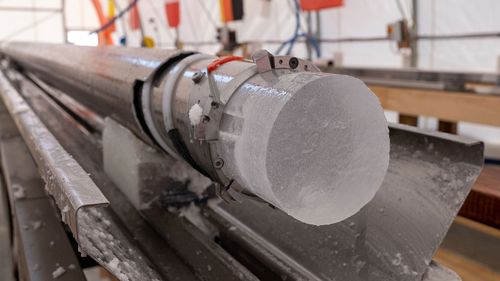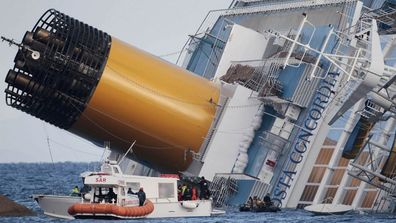One of the best ways to assemble the puzzle pieces of Earth’s past is hiding deep beneath its white polar sheets: ice cores.
These frozen time capsules preserve air bubbles from thousands of years ago, painting a picture of climate and environmental conditions at the time to reveal how much our planet has changed.
Ice cores can show how temperatures have fluctuated in the distant past and preview how quickly sea levels could rise in the future if warming caused by greenhouse gas emissions isn’t curbed.

The deeper the cores go, the more history they contain — and the icy layers could also solve some of the biggest questions about mysterious eras in Earth’s 4.5 billion-year history.
A research team has collected what may be among the oldest ice samples on Earth.
The team, with members from 12 European scientific institutions, drilled and retrieved a 2800-metre-long ice core from the Antarctic ice sheet.

Captain abandons hundreds aboard sinking cruise ship
The sample extended so deep that scientists reached the bedrock beneath it.
The ice core spans at least 1.2 million years of Earth’s climate history.
Air bubbles and particles trapped inside the ice could also reveal why the planet’s ice ages suddenly became longer and more intense about one million years ago, which may have caused ancient human populations to plummet.
